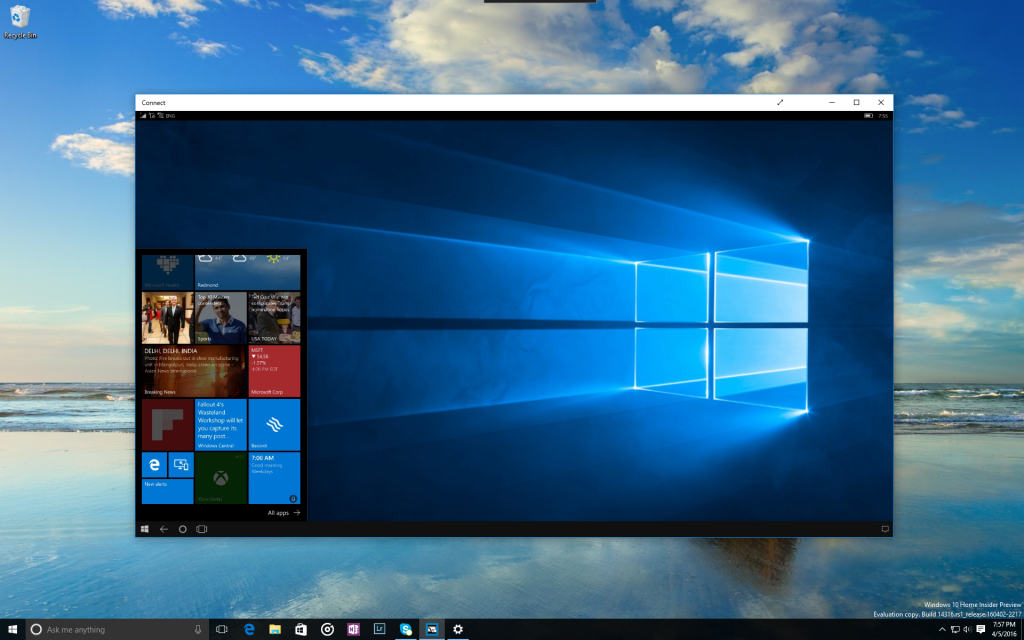

Microsoft has removed a controversial feature in Windows 10 that allowed users to automatically share their Wi-Fi login credentials with their contacts.
Build 1432 of the operating system has been made available to testers in the Windows Insider programme with a watered down version of ‘Wi-Fi Sense’ that only automatically connects to crowdsourced wireless hotspots – not home networks.
The company says the decision has not been motivated by concerns about user privacy and security but because no one was using it.
The feature can be turned off in the settings menu, but experts are questioning whether the convenience is worth the obvious security risks of transmitting such information wirelessly and allowing “contacts” to let devices connect to possibly unsafe networks.
“We have removed the Wi-Fi Sense feature that allows you to share Wi-Fi networks with your contacts and to be automatically connected to networks shared by your contacts,” Microsoft said.
“The cost of updating the code to keep this feature working combined with low usage and low demand made this not worth further investment. Wi-Fi Sense, if enabled, will continue to get you connected to open Wi-Fi hotspots that it knows about through crowdsourcing.”
Build 1432 adds a number of other improvements, most notably for the Microsoft Edge browser. Extensions can be installed from Windows Store, including new plugins for AdBlock Plus, One Note Web Clipper and Microsoft Translator, while websites can now deliver notifications to the Action Centre. Swipe navigation has also been added.
The Skype Universal Windows Platform (UWP) application now has the option of a dark theme and switching between multiple accounts. Users can middle click to dismiss notifications in the Action Center and open web links automatically in applications.
The preview fixes a number of known issues, and adds some new ones, with a full list available here. Ubuntu on Windows has also been updated.
Windows 10 is now running on 300 million devices, including PCs, smartphones and tablets. Microsoft is targeting one billion devices and has offered the update for free since it was released last year. However Windows 7 and 8 users only have until 29 July to take advantage of the free upgrade offer.
Quiz: What do you know about Windows 10?
Denial from TSMC, after multiple reports it was in talks with Intel over a joint…
CEO Tim Cook talks to Trump official, as IDC notes China's smartphone market growth, and…
Another big name chip maker expects a hefty financial charge, after the US tightened rules…
More bad news for Google. Second time in less than a year that some part…
Federal office that tackled misinformation and disinformation from hostile nations is closed down, after criticism…
After Nvidia admits it will take $5.5 billion charge as Trump export limits of slower…